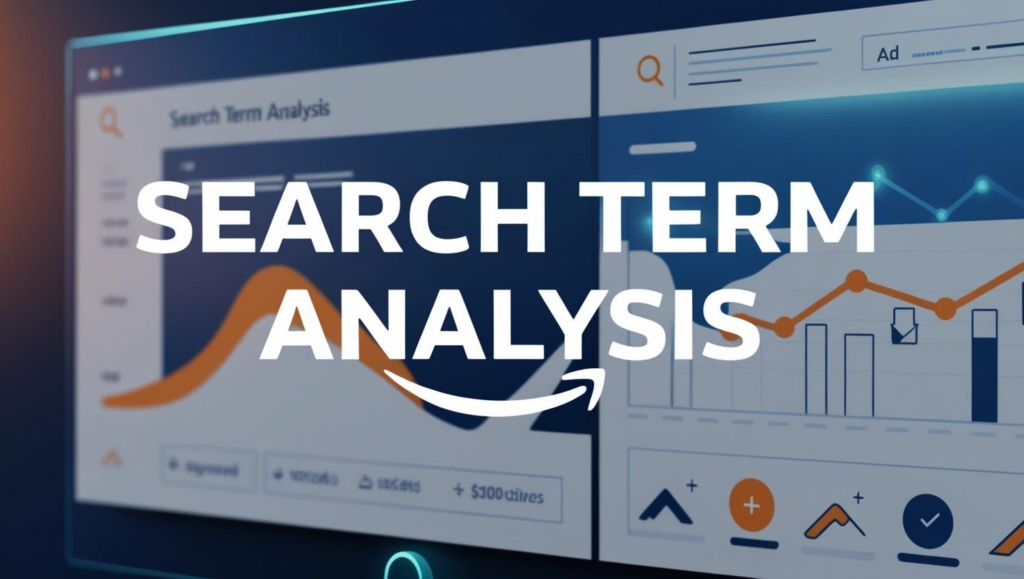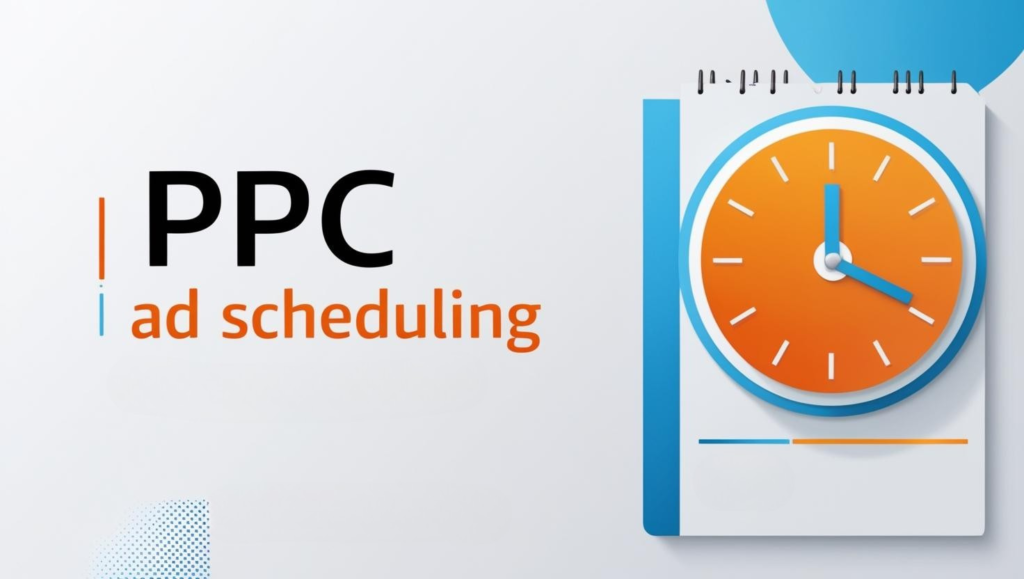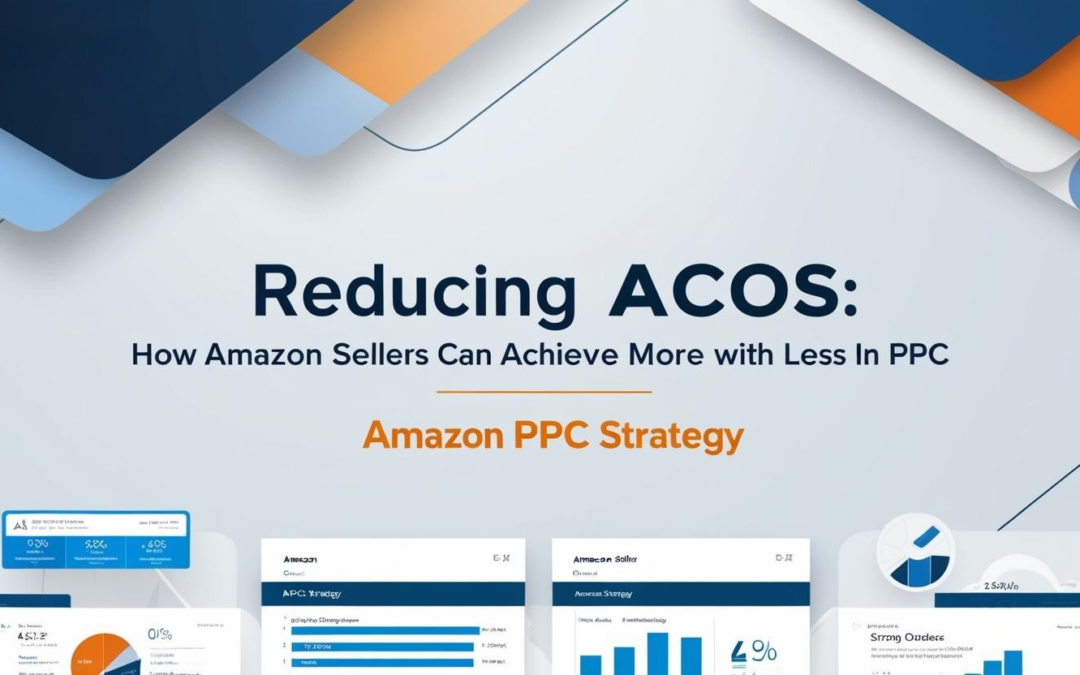Read More
Step-by-Step on SellerADvantage.co.uk
Read on LinkedIn
Read on Medium
Watch on YouTube
Reducing ACOS: How Amazon Sellers Can Achieve More with Less in PPC
Amazon PPC (Pay-Per-Click) advertising has become one of the most powerful tools available to sellers aiming to stand out in a crowded marketplace. With millions of sellers competing across thousands of product categories, simply having a great product is no longer enough. Strategic advertising—specifically through PPC—has become essential. But success in Amazon PPC isn’t just about increasing visibility; it’s about optimizing your return on every dollar spent. This is where ACOS (Advertising Cost of Sales) comes into play. A lower ACOS typically means more efficient campaigns, better profit margins, and a stronger business foundation.
However, reducing ACOS isn’t as straightforward as simply cutting bids or reducing daily budgets. These changes can often lead to a loss in visibility, missed opportunities, and reduced sales velocity. The real key to lowering ACOS lies in strategic planning, data analysis, and consistent optimization. Sellers must understand the nuances of Amazon’s advertising algorithm, how shoppers behave on the platform, and how to craft campaigns that align with their specific business goals. Sellers who take a data-driven approach to Amazon PPC can lower ACOS while simultaneously increasing overall sales.
In this article, we’ll explore 10 actionable strategies that Amazon sellers can use to bring down their ACOS and get more out of their PPC spend. These strategies cover everything from keyword management and campaign structure to listing optimization and advanced bidding techniques. Whether you’re just getting started with Amazon PPC or you’re a seasoned seller looking to improve your margins, these practical tips are designed to help you achieve more with less.

1. Audit Your Search Term Reports Regularly
One of the quickest ways to reduce ACOS is to identify and eliminate wasteful spend. Search term reports reveal which customer queries are triggering your ads and which ones are leading to conversions. By regularly reviewing these reports, you can identify non-performing keywords and add them as negative keywords. This will prevent your ads from showing for irrelevant searches and help you focus your budget on terms that actually convert.
2. Segment Campaigns by Match Type
Instead of lumping all your keywords into a single campaign, separate them into distinct campaigns based on match types—broad, phrase, and exact. This allows for more precise control over bidding and budget allocation. Broad match campaigns can be used for discovery, while exact match should be used to scale known high-converting keywords. Segmenting by match type also provides clearer data for analysis.
3. Optimize Product Listings for Better Conversion Rates
A high-quality listing leads to better conversion rates, which in turn reduces ACOS. Ensure your product titles, bullet points, images, and descriptions are optimized for clarity, keywords, and persuasiveness. A better listing improves the chances that a click turns into a sale, making your ad spend more effective. Don’t forget to include enhanced brand content or A+ content if available.
4. Use Placement Adjustments Wisely
Amazon allows you to adjust bids for specific ad placements, such as “Top of Search” and “Product Pages.” If your ads perform particularly well in certain placements, increase your bid adjustment to gain more visibility there. Conversely, reduce or eliminate bidding on poor-performing placements. This ensures your budget is being spent where it’s most effective, directly helping to reduce ACOS.

5. Leverage Dayparting for Smart Scheduling
Dayparting involves scheduling your ads to run at specific times of the day when your target audience is most active. Not all clicks are equal—some time slots may result in more conversions than others. By pausing campaigns during low-performing hours, you conserve your budget for periods with higher conversion potential, improving your overall ACOS performance.
6. Refine Your Targeting Using ASINs
Product targeting via ASINs allows you to advertise on competitor listings or complementary products. This tactic can be highly effective when used strategically. Look for ASINs where your product has a competitive advantage in price, reviews, or features. Targeting these listings often results in high conversion rates, contributing to a lower ACOS.
7. Use Automated Rules to Control Spend
Amazon and third-party PPC tools offer automated rules that adjust bids based on performance metrics. For example, you can set rules to lower bids on keywords with high spend and no conversions, or increase bids on keywords with low ACOS. Automation ensures consistent optimization and frees you from manually monitoring every campaign, while still keeping ACOS under control.
8. Test and Optimize Your Bidding Strategy
Whether you use dynamic bidding (up and down), dynamic bidding (down only), or fixed bids, each strategy has pros and cons. Test different approaches to see which one aligns best with your goals and product category. Sometimes switching to “down only” can save costs during periods of low performance, which helps bring down ACOS without sacrificing too many sales.
9. Regularly Pause Low-Performing Keywords
Not all keywords will be winners. Identify keywords that consistently generate clicks without conversions, and pause or reduce bids on them. Use your campaign manager or third-party analytics to identify these underperformers quickly. Removing or adjusting these terms ensures your budget is reallocated to more profitable parts of your campaign.

10. Invest in Brand Building for Long-Term Gains
Lowering ACOS isn’t only about tweaking campaigns—it’s also about increasing brand trust and recognition. Invest in building a strong brand presence through Sponsored Brands, video ads, and a well-crafted Amazon Storefront. As your brand grows in recognition, shoppers are more likely to convert, reducing your reliance on high-cost ads and naturally lowering your ACOS over time.
Reducing your ACOS on Amazon PPC is a multi-dimensional challenge that requires a thoughtful, strategic approach. It’s easy to get caught up in the minutiae of daily campaign adjustments, but the real power comes from understanding the bigger picture. Lower ACOS isn’t just about spending less—it’s about spending smarter. It’s about aligning your ads with buyer intent, improving conversion rates, and continuously refining your approach based on data.
Sellers who commit to consistent optimization and who take the time to understand how Amazon’s advertising system works are the ones who ultimately achieve sustainable success. It’s also important to remember that your ideal ACOS is unique to your business. For some, a low ACOS is essential for profitability, while others may accept a higher ACOS in exchange for long-term brand growth or increased market share. The key is knowing your numbers and adjusting your strategy accordingly.
In a constantly evolving marketplace like Amazon, there are no silver bullets—but there are proven strategies. By implementing the 10 action points outlined above, you’ll be in a much stronger position to manage your PPC campaigns effectively, reduce wasted spend, and increase your profit margins. Lower ACOS is a realistic goal, and with the right approach, it can become a sustainable advantage in your Amazon business toolkit.
Social Media
Connect on LinkedIn
Follow on LinkedIn
Follow on Medium
Subscribe on YouTube
Work With Us
Hire Us on fiverr
Hire Us on upwork
Contact Us
🔴 Book a FREE PPC Audit 🔴




